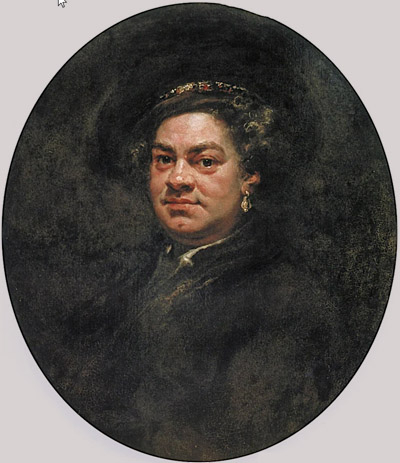DESCRIPTION: Beautiful intaglio engraving commemorating the defeat of the "Invincible Armada" of Spain by Britain in 1588 during the reign of Elizabeth I. This original antique copper-plate engraving was drawn by Lempriere, engraved and published by John Pine of London in 1739 in his folio volume titled "The Tapestry Hangings of the House of Lords, Representing the Several Engagements between the English and Spanish Fleets in the memorable year MDLXXXVIII".
The battle scene depicts an action on the night of August 7th and 8th, 1588 that marked the key turning point in the campaign. The Spanish Fleet, anchored just offshore the French town of Calais, France was forced to flee after Admiral Howard set fireships ablaze and caused them them to drift down on the anchored Spanish Armada. The fear of explosion and fire so panicked the Spanish Captains that they cut their anchors in haste and scattered in confusion. The scene depicts the fireships between the British fleet at left and the Spanish Armada at right.
Two attributes of Pine's 'Armada" engravings make them very special. First, the great detail, elaborate design and brilliant execution of the work has led these prints to be considered by many to be among the very finest engraved works of the 18th century. Second, the printing process used a two-plate technique that is extremly rare, whereby the interior battle scene was printed separately from the background frame in a beautiful blue-green ink, using an additional plate. The two plate-marks are each clearly visible.
John Pine (1690-1756) was a well respected English engraver and publisher who operated a shop in London and is widely considered to be the finest engraver of his period. At bottom center reads: "Published by John Pine, June 24, 1739 according to an Act of Parliament".
John Pine (1690-1756)
John Pine was an eminent English engraver and designer known for his precise and detailed renderings. Trained in line engraving, he specialized in book illustrations, maps, and heraldic designs, establishing his reputation through meticulous craftsmanship and a sharp eye for detail. His remarkable work for Robert Walpole, Britain's first Prime Minister, further solidified his fame and led to his appointment as Blue Mantle, a herald at the College of Arms (1).
 John Pine (1690-1756) John Pine (1690-1756)
Pine's magnum opus, "The Tapestry Hangings of the House of Lords, Representing the Several Engagements between the English and Spanish Fleets in the Memorable year MDLXXXVIII," is a splendid testament to his skill. Published between 1739 and 1741, it is a series of engravings replicating the famous Armada Tapestries which commemorated the English naval victory against the Spanish Armada in 1588. His work is highly regarded for its historical accuracy and aesthetic beauty, and it remains a touchstone in the realm of engraving.
(1) The title of "Blue Mantle" refers to a position in the College of Arms, the official heraldic authority in England. This title is given to a pursuivant, a junior officer of arms, who is still learning about heraldry before becoming a full herald.
The title "Blue Mantle" comes from the ceremonial dress worn by the person holding this position, which includes a blue tabard (a type of short coat) decorated with the royal arms. As a pursuivant, Blue Mantle would have been responsible for various duties including attending ceremonial events, researching and designing coats of arms, and other tasks related to the field of heraldry.
PUBLICATION DATE: 1739
GEOGRAPHIC AREA: England
BODY OF WATER: English Channel
CONDITION: Very Good.
On heavy chain-laid paper. Wide margins. No condition issues. Strong impression and prominent platemark. A superb example.
COLORING: Interior scene in blue ink, and light green wash.
ENGRAVER: J. Pine
SIZE: 24
" x
14 "
ITEM PHYSICAL LOCATION: 55
PRICE: $1550
ADD TO CART

|